
A Year In Scotland
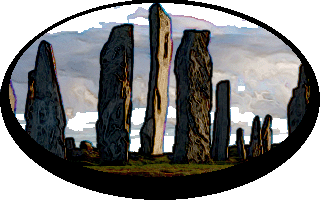

8 October 2014
The North Atlantic Arc Home
| September | October |
| S | M | T | W | T | F | S |
| 25 | 26 | 27 | ||||
| 28 | 29 | 30 | 1 | 2 | 3 | 4 |
| 5 | 6 | 7 | 8 | 9 | 10 | 11 |
| 12 | 13 | 14 | 15 | 16 | 17 | 18 |
| 19 | 20 | 21 | 22 | 23 | 24 | 25 |
| 26 | 27 |
 |
Wednesday 8 October 2014--It's a clear sunny day, so it seems sensible to go visit the Wallace Monument first thing. It stands on a volcanic ridge not far from the B&B, away from town. I walk a trail up the hillside. By the time I've reached the summit and bought my ticket at a window in the base of the monument, I've figured out that most folks buy tickets at the visitor center down below, and ride up the access road in a van. No matter, I'm happy with the exercise. Pretty much everyone knows who William Wallace was, thanks to Mel Gibson. Most folks know, too, that Braveheart is not particularly historically accurate. (I couldn't actually say; I've never seen the movie, believe it or not.) Gibson or no, Wallace's importance to the cause of Scottish independence is probably overstated. He fought exactly two major battles against the English, at Stirling and Falkirk; he won the first, and lost the second. And at Stirling, the Scots were co-commanded by Wallace and Andrew Murray (or Moray). It's easy to believe that the more experienced Murray was the primary tactician, and thus more responsible for the victory, although he died of wounds received in the battle. Nonetheless, Wallace remains a powerful symbol, perhaps in part because he was martyred at a relatively young age, and in a most grisly fashion. Sort of the equivalent of the rock star who overdoses at 27, before he can make that embarrassing album of pop duets. Mel Gibson was not the first to mythologize Wallace, of course. The bard Blind Harry delivered The Acts and Deeds of Sir William Wallace, Knight of Elderslie in about 1470, a century and a half after Wallace's death. It was apparently no more accurate than Braveheart--it had him winning at Falkirk, for example. In the 19th century, Walter Scott wrote an essay entitled Exploits And Death Of William Wallace, The "Hero Of Scotland", part of his ongoing campaign of Scottish nationalism and romanticization, which informs the modern view of the country to this day. Scott's exaltation of Wallace helped lead to a campaign to build a national memorial to Wallace, and here it is, on a ridge of volcanic rock across the broad valley of the Forth from Stirling itself. There are 246 steps to the top of the monument, passing three interior levels on the way. Ascending, the Hall of Arms, the Hall of Heroes, and the Royal Chamber tell the stories, respectively, of Wallace and the Battle of Stirling Bridge; an array of notable Scots; and the building of the monument itself. Above all is the open-air Crown, which gives a spectacular 360 view. Looking over the broad, flat valley of the meandering River Forth, one can easily picture the events of the battle, which took place on 11 September 1397. The English force had half-deployed across the old wooden bridge, upstream from the later stone bridge, when the Scots attacked, trapping the forward half on marshy ground within a loop of the river. The result was a massacre, and the rest of the English force withdrew, abandoning the garrison in the castle. The victory was perhaps more a matter of English bungling than of Scottish brilliance. I hang out, enjoying the view, for as long as I can justify...when I find myself taking the same set of photos a third time, I know it's time to go. Stroll into town, across the stone bridge, and head up to the castle. There is documentation of building here going back to the early 12th century, but obviously the summit of the ridge was fortified for centuries before that. Likely the Romans, during their relatively short time here, made use of the commanding position over the valley of the Forth, although there is no physical evidence of it. The Picts before them were fond of putting forts in such places. The oldest surviving bit of the castle, however, is the North Gate, which dates from about 1380. Most of the rest of what's here is 16th century, starting with works begun by James V in 1496. The royal palace was completed in 1542, under the supervision of his widow, Mary of Guise. Its heyday would have been rather brief, given the turbulent life of Mary's daughter, Mary Queen of Scots, and the Union of the Crowns under her son, James VI of Scotland and I of England. The castle officially became a military facility in 1685, and remained so until 1964. Through its history, the castle has witnessed centuries of warfare with England, two Jacobite rebellions, and Civil War; it has been attacked, captured, surrendered, destroyed, and rebuilt, again and yet again. Archeological excavation and restoration has gone on all through the 20th century and into the current one. Historic Scotland completed a restoration of the royal chambers in 2011, and these are the highlight of my visit. As well as the opulent chambers of the king and queen, there are stunning reproductions of the Stirling Heads, notable figures of history and myth, and the famed unicorn tapestries. The original heads are in an on-site museum. I have been fortunate enough to see the original tapestries in the Cloisters in New York City. Stirling Castle is much more compact and coherent than Edinburgh Castle, but I have no problem spending most of the afternoon exploring it. There are other things to see in and around town, but they will have to wait for another visit. I retire to the Portcullis for pints and dinner, then cross the old bridge on my way back to the B&B. It has been a spectacular day, one well worth the years of waiting. Next |
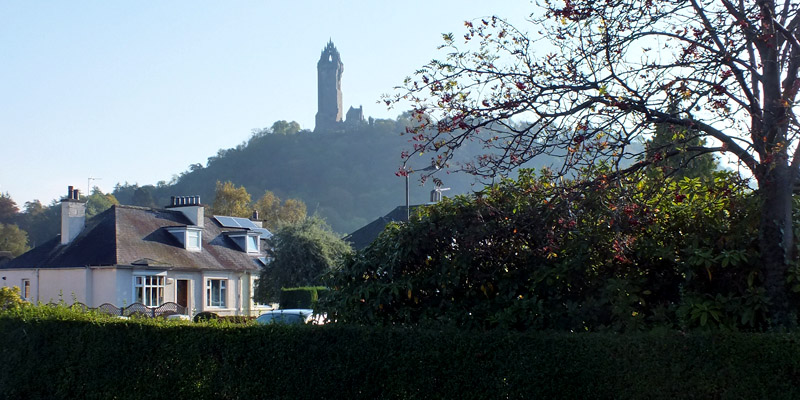 |
Wallace Monument From B&B
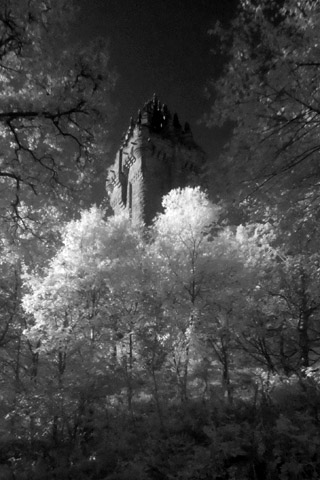 |
Wallace Monument
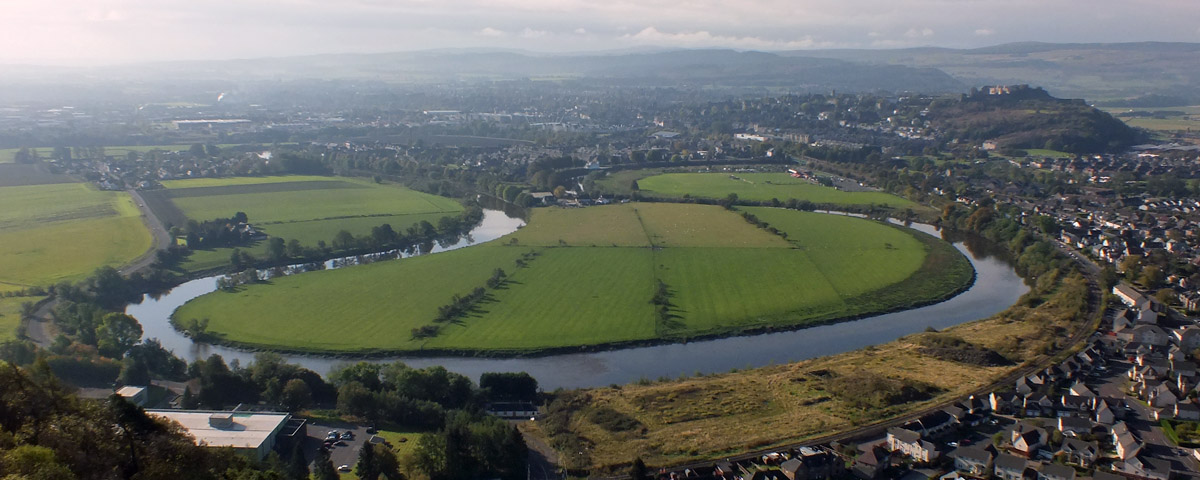 |
Stirling And River Forth From Wallace Monument
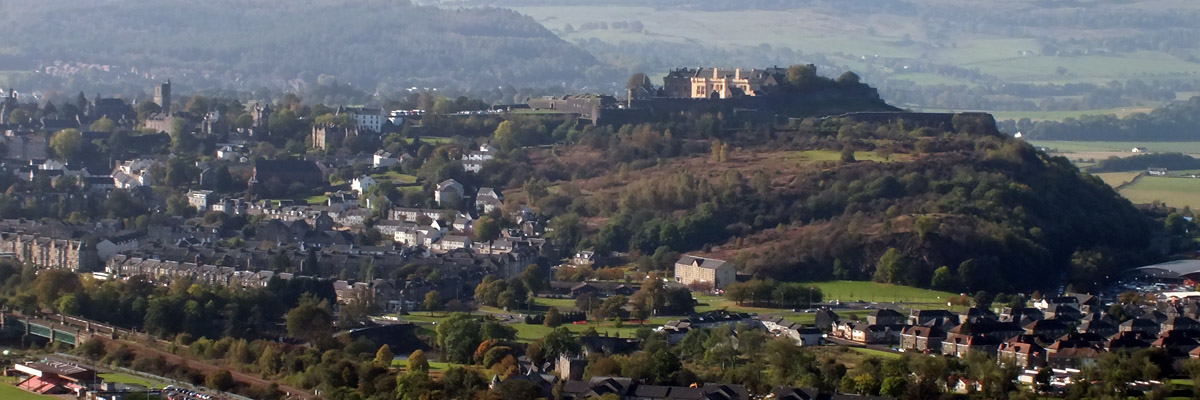 |
Stirling Castle
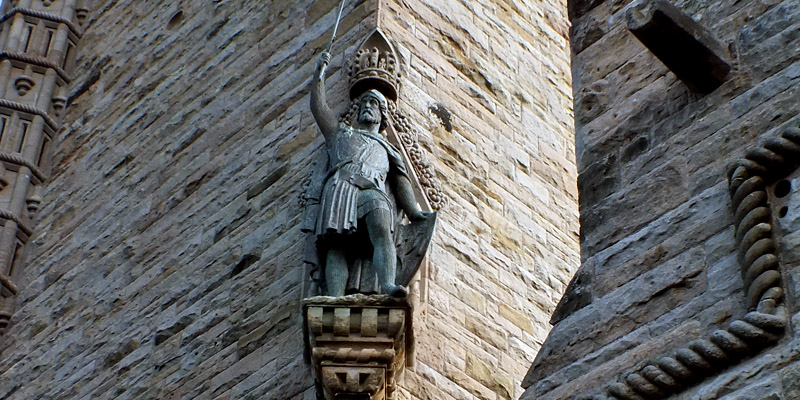 |
The Wallace
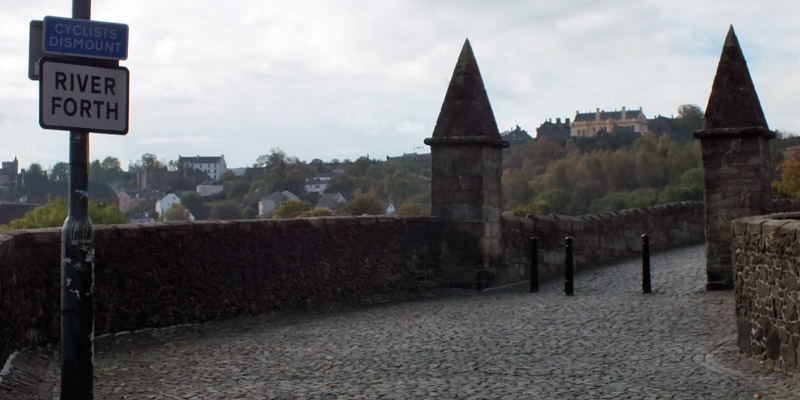 |
Stirling Old Bridge
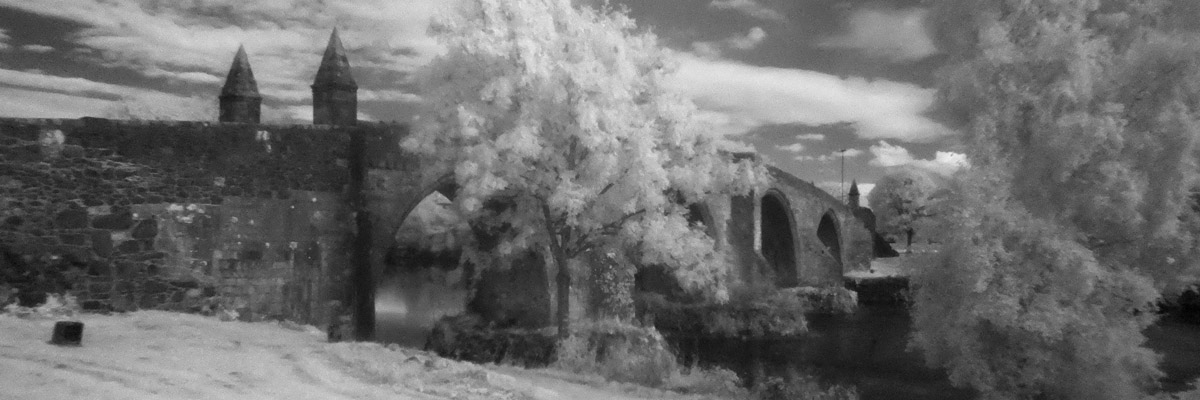 |
Stirling Old Bridge
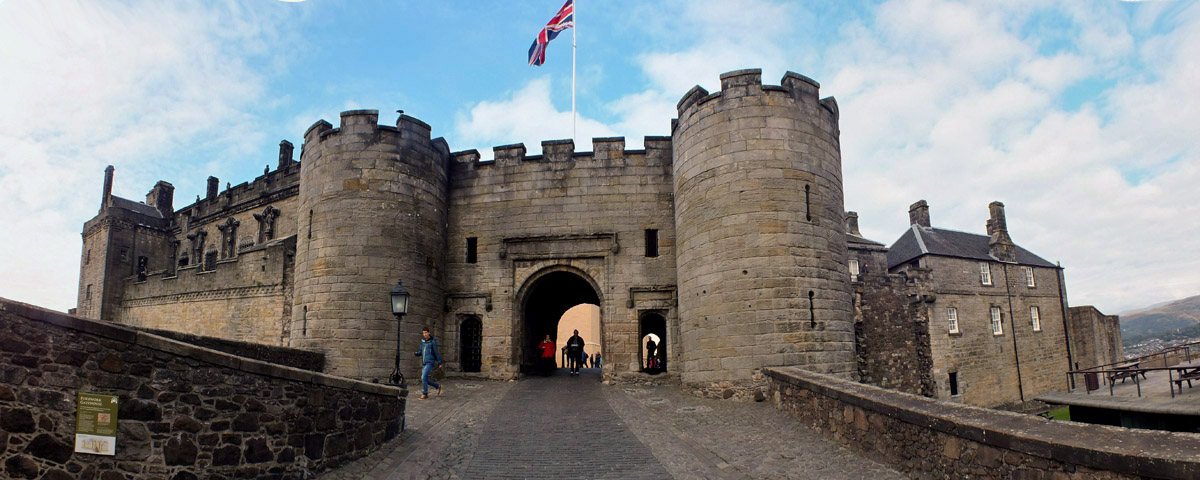 |
Stirling Castle
 |
Church Of The Holy Rude
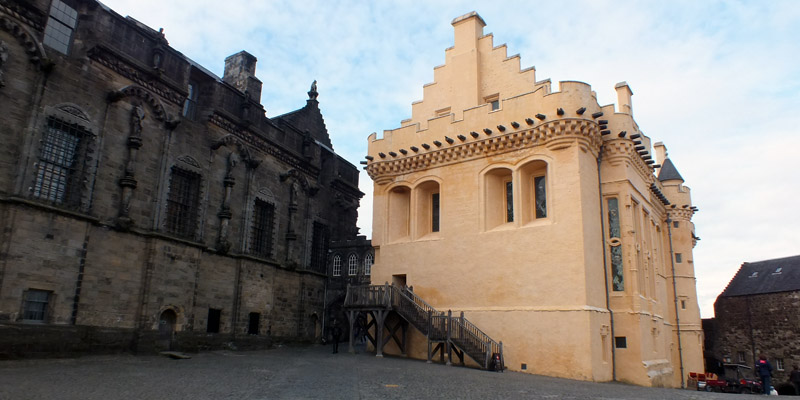 |
Stirling Castle
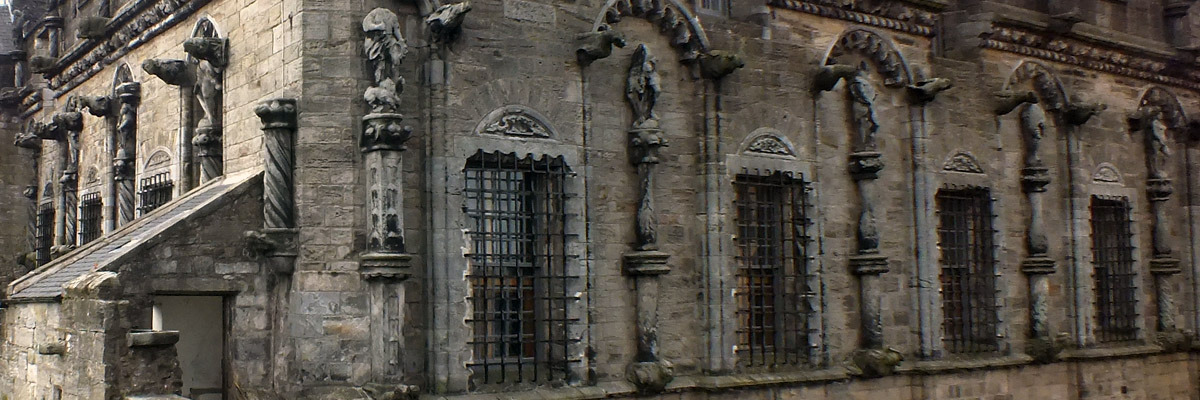 |
Stirling Castle
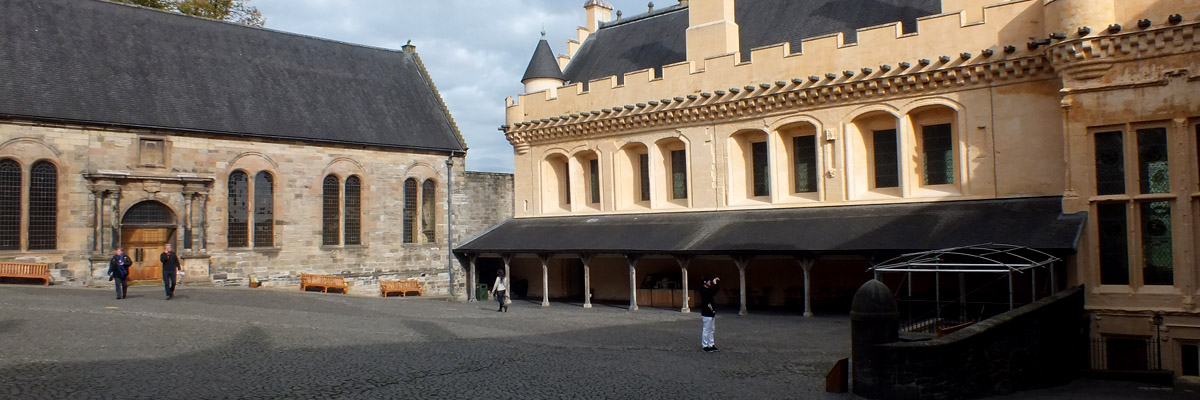 |
Stirling Castle
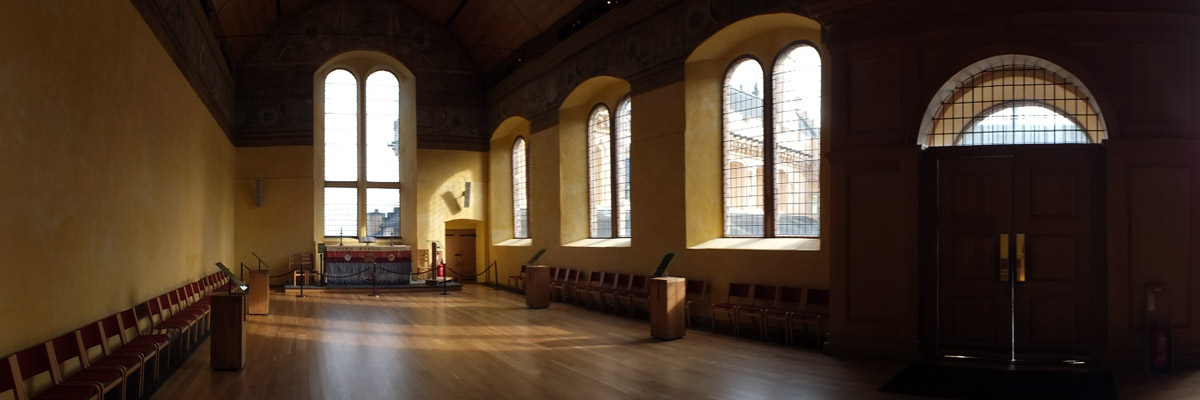 |
Chapel Royal
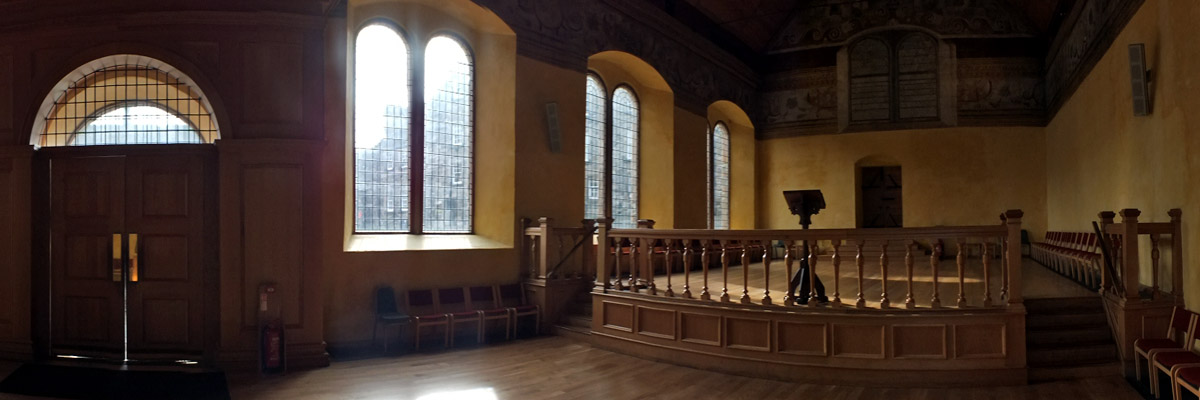 |
Chapel Royal
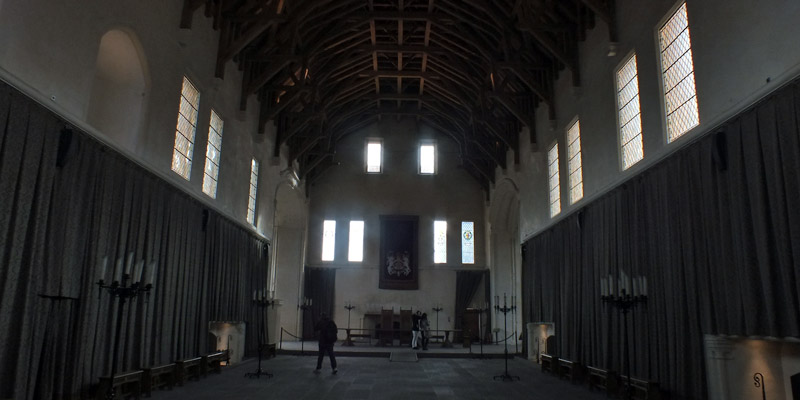 |
Great Hall
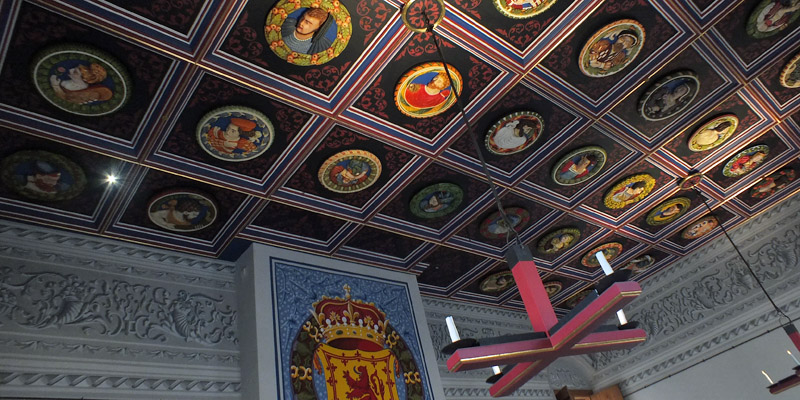 |
Stirling Heads
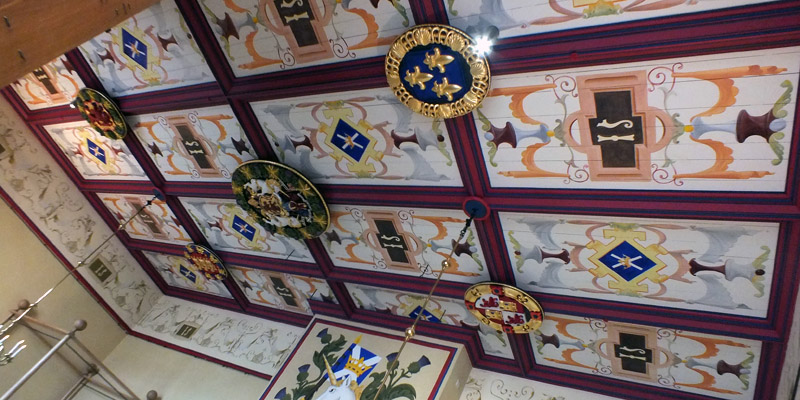 |
Stirling Castle
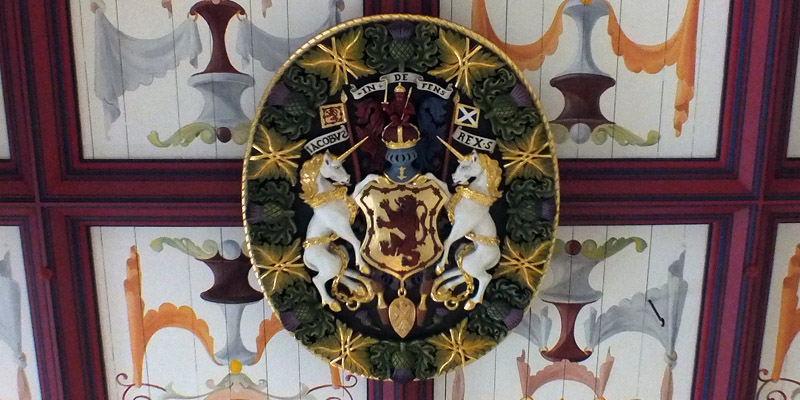 |
Stirling Castle
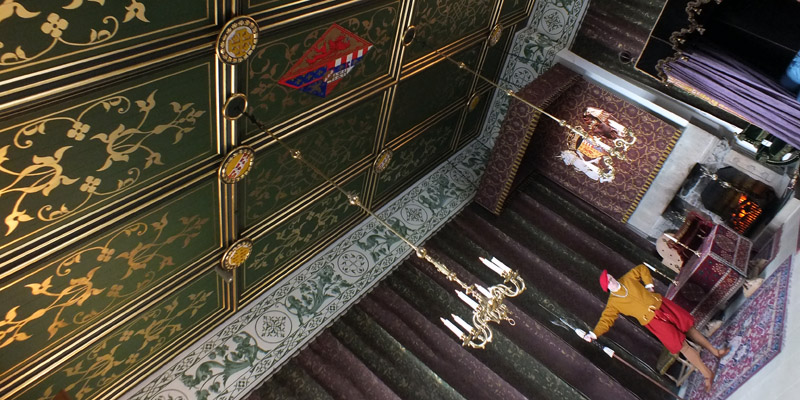 |
Royal Chambers
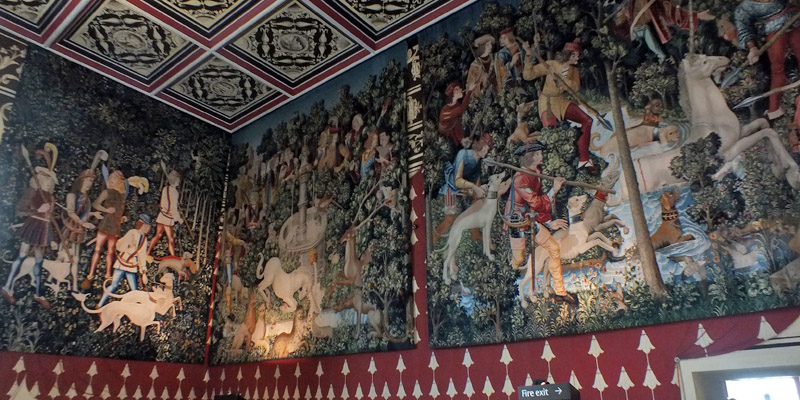 |
Royal Chambers
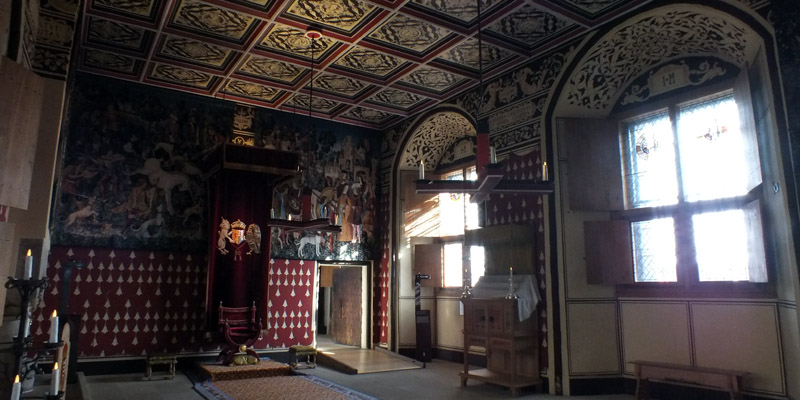 |
Royal Chambers
 |
Royal Chambers
 |
Stirling Castle
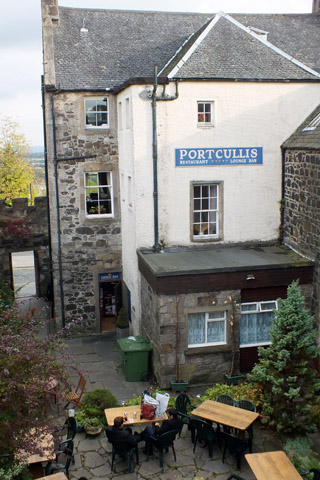 |
Portcullis
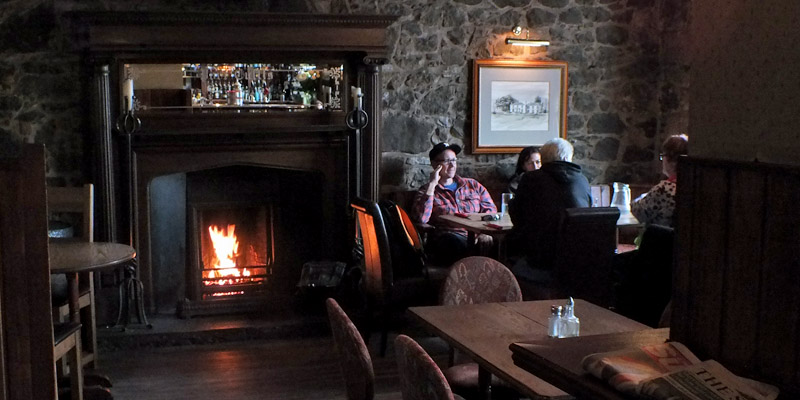 |
Portcullis
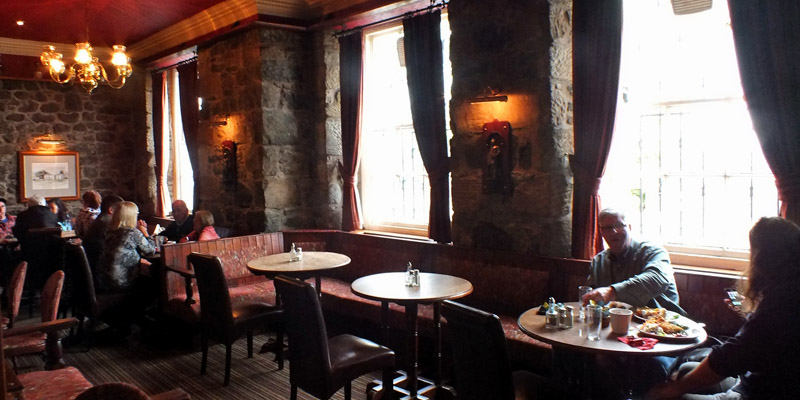 |
Portcullis
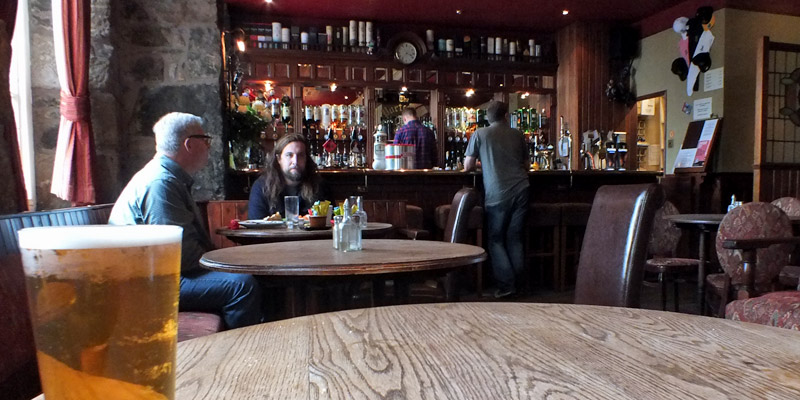 |
Portcullis
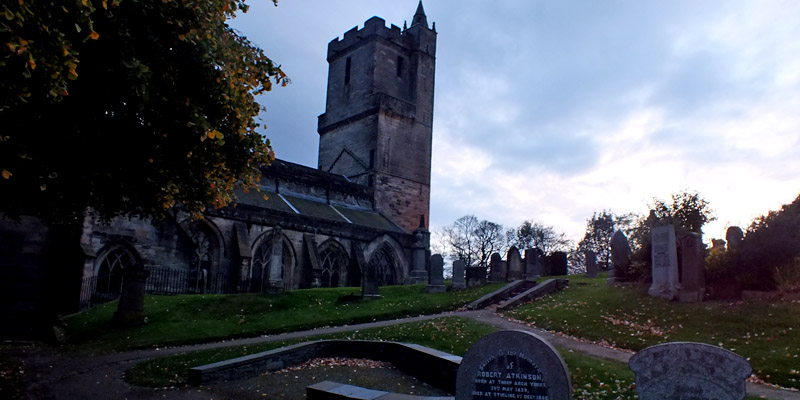 |
Church Of The Holy Rude
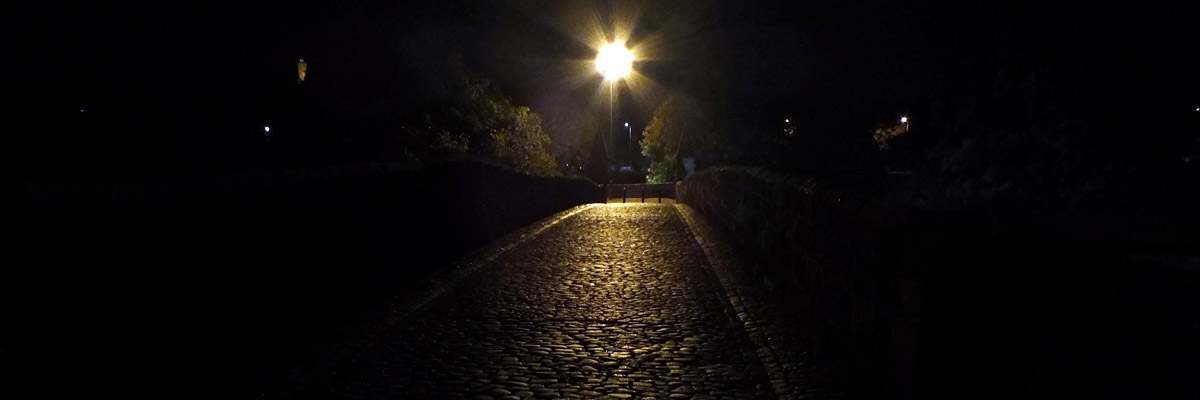 |
Stirling Old Bridge
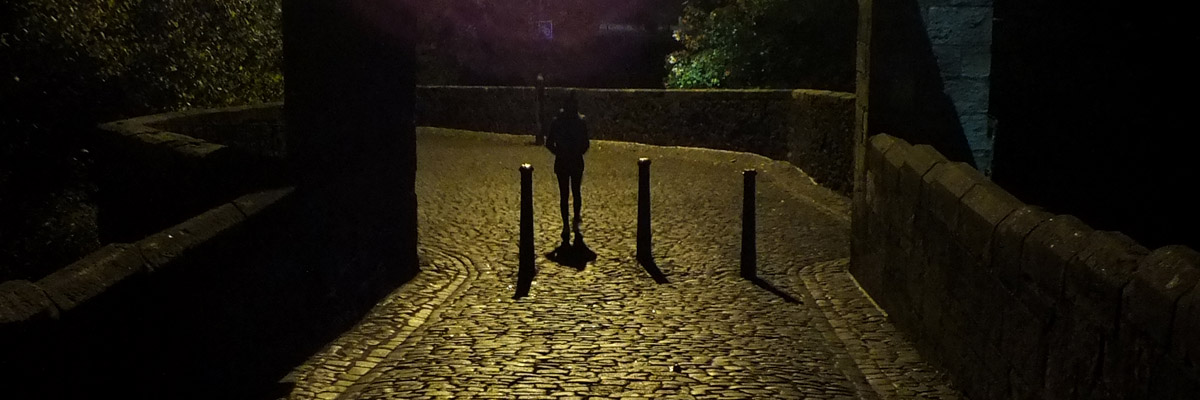 |
Stirling Old Bridge
Next
| September | October |
| S | M | T | W | T | F | S |
| 25 | 26 | 27 | ||||
| 28 | 29 | 30 | 1 | 2 | 3 | 4 |
| 5 | 6 | 7 | 8 | 9 | 10 | 11 |
| 12 | 13 | 14 | 15 | 16 | 17 | 18 |
| 19 | 20 | 21 | 22 | 23 | 24 | 25 |
| 26 | 27 |
The North Atlantic Arc Home
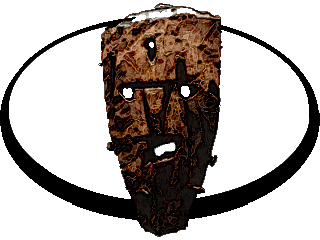
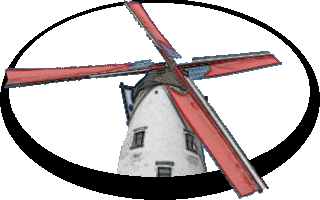
Mr Tattie Heid's Mileage
Results may vary
